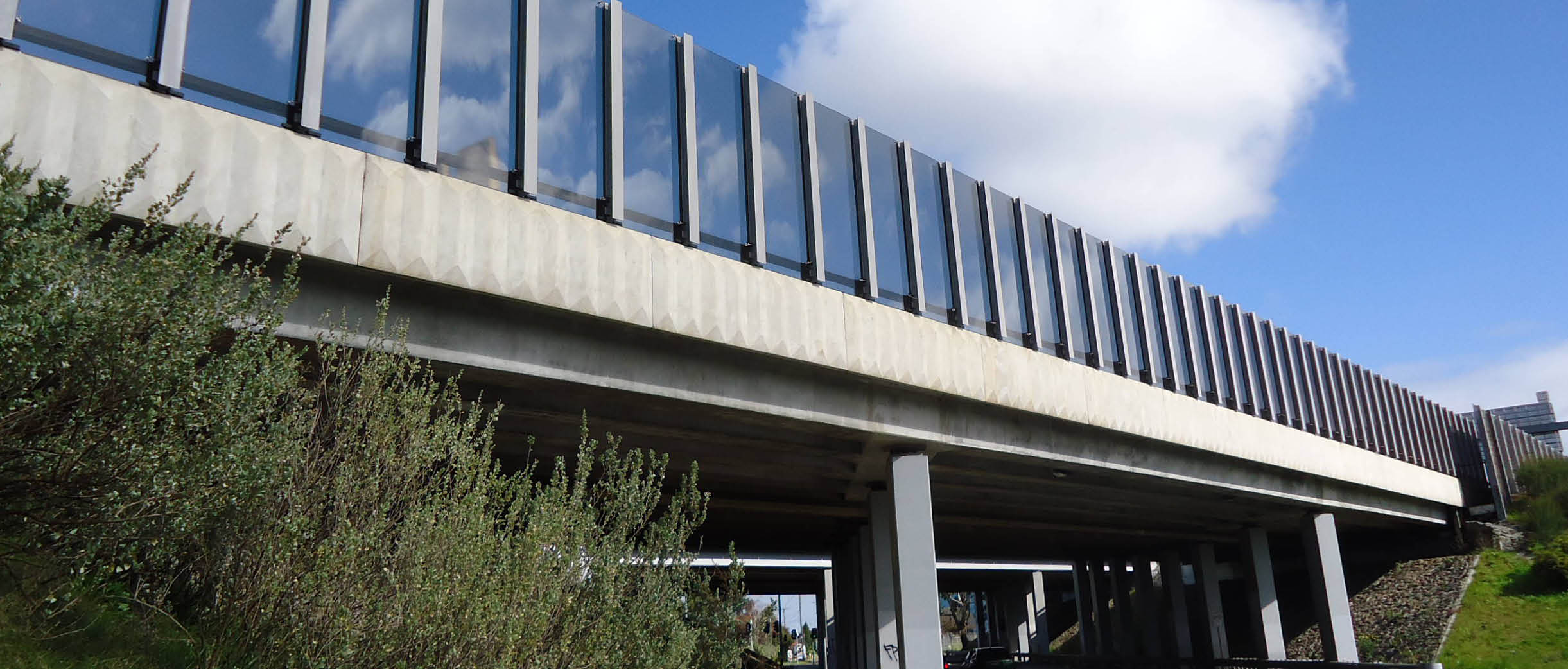The Role of Sound Barriers Along Motorways
Motorways play a vital role in modern transportation, facilitating the movement of goods and people across vast distances. However, the increase in traffic volume has led to significant environmental concerns, particularly noise pollution. To combat this, sound barriers have emerged as an effective solution to mitigate noise levels along motorways. This article explores the importance, types, and effectiveness of sound barriers in enhancing the quality of life for those living near busy roadways.
Understanding Noise Pollution
Noise pollution is often defined as unwanted or harmful sounds that can have detrimental effects on human health and well-being. It is increasingly recognized as a significant environmental stressor. Studies have shown that chronic exposure to high noise levels can lead to various health problems, including stress, sleep disturbances, and even cardiovascular issues. In urban settings, the primary sources of noise pollution include traffic, construction, and industry. Among these, motorways are notorious for generating high levels of sound due to the sheer volume of vehicles traveling at high speeds.
The Necessity of Sound Barriers
Sound barriers are structures designed to obstruct and absorb sound waves, thereby reducing noise pollution in surrounding areas. The necessity of these barriers is particularly evident in communities located near motorways, where the constant roar of traffic can significantly impact residents' quality of life. By strategically placing sound barriers, authorities can help shield homes, schools, and parks from disruptive noise. The installation of these barriers helps create a more peaceful environment, which is essential for promoting health and well-being.
Types of Sound Barriers
Sound barriers come in various forms and materials, each with its advantages and specific applications. The most common types of sound barriers include
1. Concrete Barriers These are perhaps the most effective option. Made from dense concrete, they can withstand harsh weather and provide significant sound attenuation. Concrete barriers are durable and require little maintenance, making them a popular choice for long-term installations.
motorway sound barrier

2. Earth Mounds (Noise berms) These are natural barriers formed from soil and vegetation. They offer aesthetic benefits and can effectively absorb sound. Additionally, they can enhance local biodiversity, providing habitat for wildlife.
3. Wooden Barriers Often used in parks and rural areas, wooden fences can blend in with the environment. However, they may require more maintenance than concrete barriers and can deteriorate over time due to weather conditions.
4. Transparent Barriers Made from materials like acrylic or polycarbonate, these sound barriers offer the advantage of visibility while still reducing noise. They are commonly used in scenic areas where maintaining a view is a priority, such as along coastal roadways.
Effectiveness of Sound Barriers
The effectiveness of sound barriers largely depends on their height, material, and the specific environment in which they are installed. Research indicates that barriers need to be at least 1.5 to 3 meters high to significantly reduce noise levels. Additionally, the distance from the noise source is critical; the farther the barrier is from the road, the more effective it is at damping sound.
Sound barriers can reduce noise levels by 5 to 10 decibels, improving the living conditions for those nearby. However, it is essential to note that while sound barriers can effectively mitigate noise, they do not eliminate it entirely. Thus, they are often used in conjunction with other noise reduction strategies, such as improved road surfaces and effective traffic management practices.
Conclusion
In conclusion, sound barriers play an essential role in managing noise pollution caused by motorways. By providing a physical barrier against sound, they help create quieter and more livable environments for communities situated near busy roads. With the ongoing challenges posed by increasing traffic and urbanization, investing in sound barriers remains a critical strategy for protecting public health and enhancing the quality of life for all. As we move toward more sustainable transportation solutions, it is crucial to consider noise mitigation measures as an integral part of urban planning and development. Through the thoughtful implementation of sound barriers, we can foster environments where both people and nature can thrive harmoniously.
-
Turn Down the Noise: The Future of Highway Sound Barriers
NewsApr.09,2025
-
Silence the Sound: The Power of Highway Noise Barriers
NewsApr.09,2025
-
Reduce Road Noise Effectively with Highway Noise Barriers
NewsApr.09,2025
-
Noise-Free Living: How Highway Barriers Make a Difference
NewsApr.09,2025
-
Engineered for Silence: Highway Noise Barriers for Every Road
NewsApr.09,2025
-
Effective Noise Control: Highway Barriers for a Quieter Tomorrow
NewsApr.09,2025
Subscribe now!
Stay up to date with the latest on Fry Steeland industry news.

